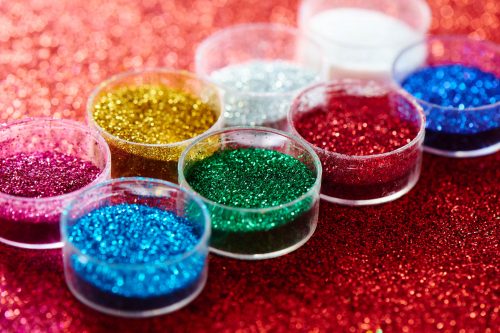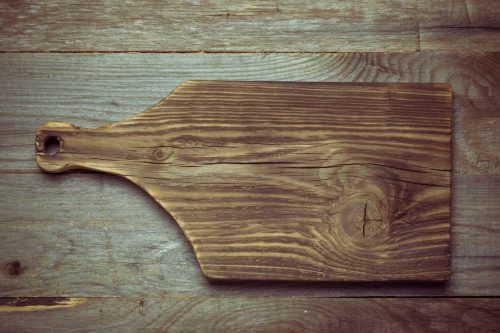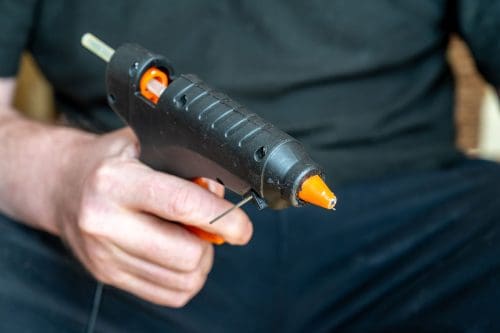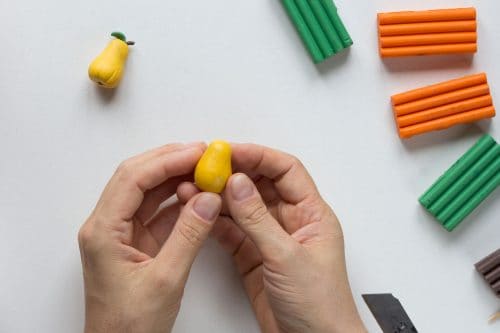If you are considering changing the color of the new leather boots you bought or that old leather couch sitting in your living room, you have come to the right place! But what color would be a great new addition to your palette? Are there limitations to what color you can dye leather? The great news is, we have done the research to provide you with the step by step process behind dying leather and a complete list of the most popular colors used.
Leather can be dyed any color imaginable! The process of dyeing leather requires practice and experimentation to achieve the desired look. When trying to dye leather a new color, do some trials on small swatches to avoid ruining the final piece. There are several kinds of dyes to use when dyeing leather, such as acid dyes, direct dyes, basic dyes, and Sulphur dyes.
When dying leather a different color, consider choosing from the following popular colors:
- Natural Beige
- Light Brown or Tan
- Medium Brown or Sienna
- Dark Brown or Pullman Brown
- Black
Whether the item is a large piece of furniture or a purse that you plan on redesigning, these popular colors are commonly used to create a natural palette for your leather. Read on to explore some products used when dying leather any color you desire.
![Colorful raw leather hanging on wooden shelf, Can Leather Be Dyed Any Color? [Popular shades suggested]](https://craftsbliss.com/wp-content/uploads/2020/10/Can-Leather-Be-Dyed-Any-Color.jpg)
What Color is Leather Naturally?
Is there a natural color to leather? It can be hard to determine if your leather products are dyed already. However, undyed leather is usually a russet color, a deep brown. If you happen to have vegetable tanned leather, that type of leather is arguably the most natural state of leather and has a light beige coloring to it.
Vegetable Tanned Leather
Natural vegetable-tanned leather is the easiest to dye because it is considered an unfinished leather. The color of the dye takes well because of its very light color. Some even nickname vegetable-tanned leather as white leather because it is considered the lightest recognized leather.
Natural vegetable-tanned leather is a readily available product on Amazon. It is precut and can be used for practice dyeing, carving, or molding.
Click here to see this on Amazon.
How Do You Prepare Leather For Dye?
The first step to preparing leather is the deglazing process. Deglazing leather helps to remove any oils or finishes that would prevent the dye from sinking into the leather. Deglazing helps to make sure that the surface you are dying is clean.
Next, choose the color dye that you want to use and apply it evenly to the surface. When applying the dye, wear hand protectants such as latex gloves to prevent staining your hands and fingers with the dye. The application should be smooth and evenly applied. There are special tools to use when dyeing leather, such as wool daubers dyeing applicators. These dyeing tools have a metal handle with a loop at the end to hang for drying after clean up. However, a sponge dauber is also commonly used.
Click here to see this on Amazon.
How do you finish dyed leather?
After the dye is applied, it is essential to add a finish to the dyed leather. Do this easily by using a heavy-duty finish such as Leather Max. It is a sealant and acts as a topcoat to the newly dyed leather.
Leather Max can also be used after the leather has experienced some wear and tear and needs some refurbishment.
What is the difference between leather dye and leather paint?
Is there a difference between the two? Yes. Leather dye allows the leather to act like wood. The porous nature of the leather is penetrated by the leather dye and allows the leather to be stained, creating a chemical bond.
Although you can dye leather any color, some of the alcohol-based leather dye is offered in various shades of brown.
Leather is most commonly recognized as tan, chocolate, brown, beige, or black, and therefore, the dyes are offered in those colors.
Click here for the link on Amazon.
Leather paint, on the other hand, acts as a coat and rests on top of the leather fibers. Most creative individuals use leather as a canvas and tend to stray from the popular hues of brown and go for more fun leather paint colors such as turquoise or pink.
Does leather dye wear off?
Will your dye be permanent? Unfortunately, dyeing leather is not that much different from dyeing hair. No color is going to be permanent. The loss of color is inevitable. How long the dye lasts will be determined by a few things.
Sun Exposure
The first determining factor will be if the leather is exposed to the sun. Leather is made from animal skin, and prolonged sun exposure can cause effects similar to human skin, including discoloration, drying, and cracking.
Leather is incredibly porous, which means it can absorb and release moisture. When the sun’s ultraviolet rays are on the leather, the moisture is drawn out, leaving the leather dry and wilted.
Body Oils
Another factor would be the oils that rub off the skin of those who touch the leather. Body oils are natural lubricants and prevent cracks within the skin. However, it can be harsh on leather and require restoration treatment.
Can you dye leather that has already been dyed?
Once again, leather should be treated like hair, in the sense that it can be re-dyed. There is no need to worry if your leather did not turn out how you planned because re-dyeing the leather is doable.
To re-dye leather, you will have to remove the original finish. When using leather dye, the pores will need to be reopened and essentially washed out.
The re-dyeing process is a bit simpler when having used leather paint because it is on the surface of the leather. Breaking down the original finish will not be as intense because the leather is not stained nor penetrated by the color in the same way that it would be with leather dye.
Unfortunately, it will take a few tries to lighten the leather.
For instance, if you used leather dye on vegetable-tanned leather (a naturally light-colored leather) black and wanted to re-dye it white, then the process of breaking down the original finish may take several tries. Additionally, the leather may need to be re-dyed white several times to conceal the black undercoat.
This is why taking a small swatch of leather is essential before fully committing to a color!
Conclusion
Overall, you can dye leather in any color. Whether you are committed to maintaining the popular shades of brown or feeling bright and eccentric colors, leather is a canvas ready to be dyed. Hopefully, you consider the differences between leather dye and leather paint. Leather dye is more of a permanent solution to recoloring leather. While leather paint provides more creative freedom and is less of a hassle, things do not always turn out the way you expected.










